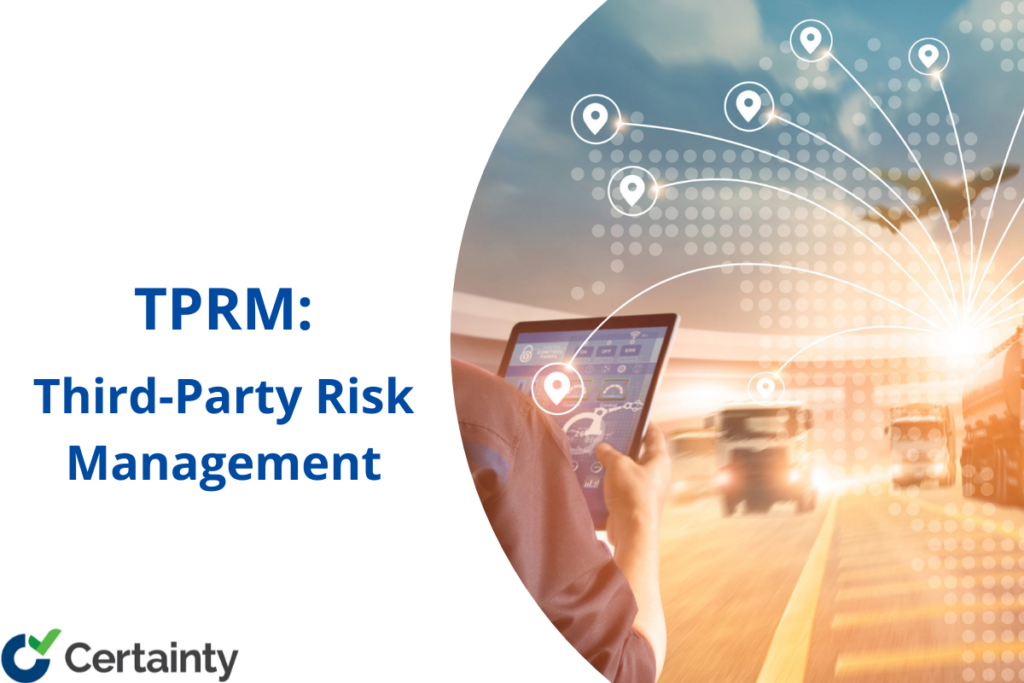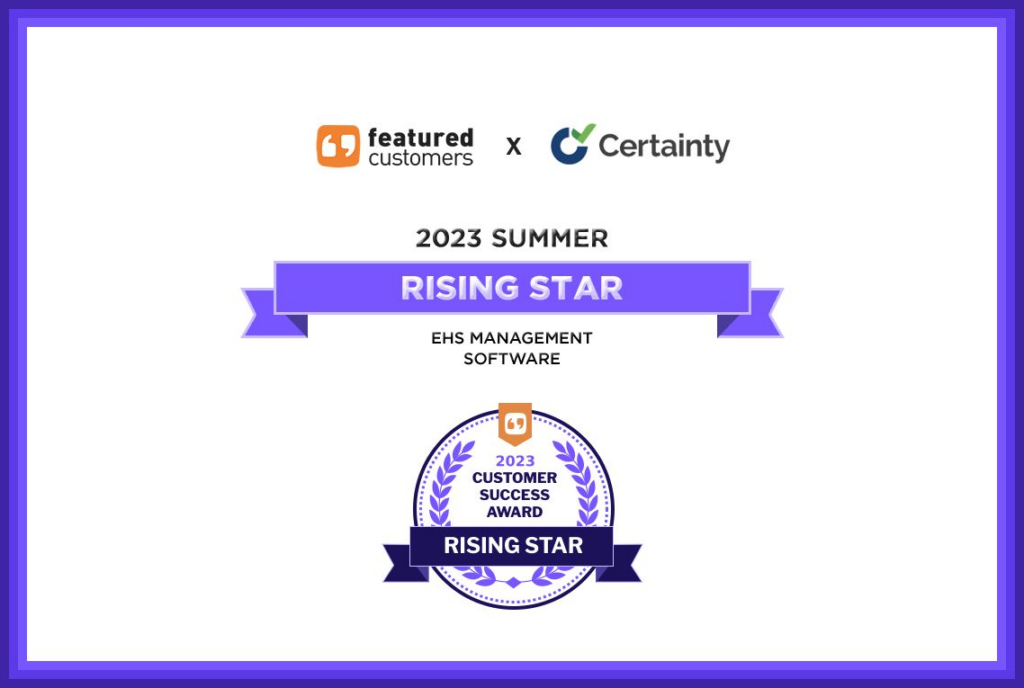For the third straight year, Certainty Software we’re extremely honored to be recognized as a FeaturedCustomer EHS Management Rising Star. Who is FeaturedCustomers? Through vendor-validated customer reference content, FeaturedCustomers assists potential B2B buyers in their research and discovery of business software and services. Customer films, success stories, case studies, and testimonials from clients are examples […]

Understanding and Navigating ESG Risks Across Industries
ESG risks are the potential negative impacts of a business’s activities on the environment, society, and its own governance. These risks can affect an organization’s reputation, financial performance, and stakeholder relationships. Moreover, they can expose a business to regulatory, legal, and operational challenges. In this blog post, we dive into specific ESG risks faced by diverse industries and how they can navigate them effectively. […]

What is a BRC Audit and How to Perform One
BRC audits are independent assessments that verify your business’s compliance with a specific BRC standard. They help you improve your quality, safety, and compliance. This guide covers everything from preparation to reporting and follow-up. […]

How HAZOP Can Save Your Business from Disasters
The thorough skill of Hazard and Operability (HAZOP) analysis serves as a sentinel against potential calamities in the field of process safety. HAZOP analysis functions as both a safety watchdog and a driver for operational improvement by dissecting industrial processes and evaluating every operational component. We explore the complexities of HAZOP in this detailed guide, revealing its systematic methodology, crucial benefits, and pivotal role in fostering a culture of safety and efficiency. […]

SMED: Streamlining the Lean Manufacturing Process
A lean tool called SMED (Single-Minute Exchange of Dies) can help you improve your production operations by cutting down the time it takes to switch out equipment to under 10 minutes (or one-digit minutes)1. You may increase your efficiency, production, flexibility, and cost savings by using SMED ideas and methodologies. We will give a thorough overview of SMED in this blog article, including its definition, history, advantages, and procedures for implementation. […]

Manual or Automated Safety Audits: Which is Better?
The main distinctions between manual and automated safety evaluations are explored in this blog article as we set off on a voyage of exploration. We’ll examine the effects of these tactics on various workplace safety management practices, highlighting their advantages and potential drawbacks. […]

Certificate of Conformity: The Ultimate Guide for Manufacturing Companies
A Certificate of Conformity (CoC) is a document that certifies that your product meets the required standards or specifications. It can help you ensure product quality and safety, avoid legal liabilities and penalties, and enhance customer confidence and brand reputation. In this ultimate guide, we will explain everything you need to know about CoC for manufacturing companies. […]

What is a Cold Work Permit and How to Use It Effectively
Do you work in an industry that involves hazardous activities or environments? If so, you need to know what a cold work permit is and how to use it effectively. In this blog post, we will explain everything you need to know about cold work permits and how Certainty Software can help you with your safety needs. […]

OEE Meaning in Manufacturing: How to Optimize Overall Equipment Efficiency
OEE, or Overall Equipment Effectiveness, is a metric that measures how well a manufacturing process utilizes its equipment to produce quality products. In this blog post, you will learn what OEE is, why it is important, how to calculate it, and how to optimize it for your manufacturing operations. […]

TPRM in Manufacturing: Strengthening Business Resilience and Supply Chain Integrity
Third-party risk management (TPRM) is a critical imperative for the manufacturing industry, as it can help mitigate potential risks associated with third-party relationships, such as quality issues, delivery delays, regulatory non-compliance, cybersecurity breaches or reputational damage. In this blog post, we will discuss the key components, benefits and best practices of an effective TPRM program, and how Certainty Software can help you streamline your TPRM processes and improve your vendor performance and compliance. […]




